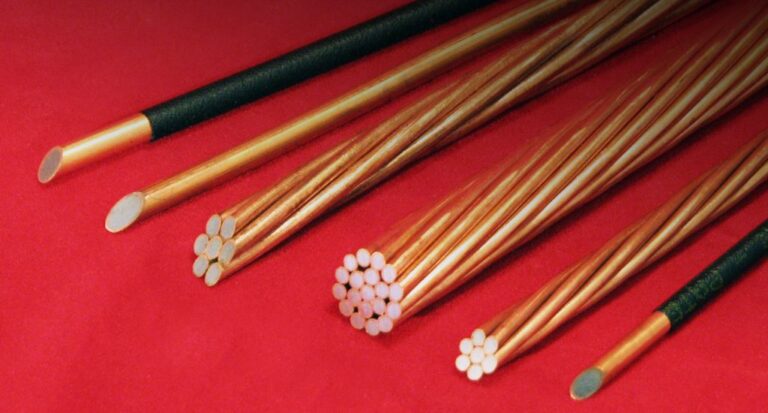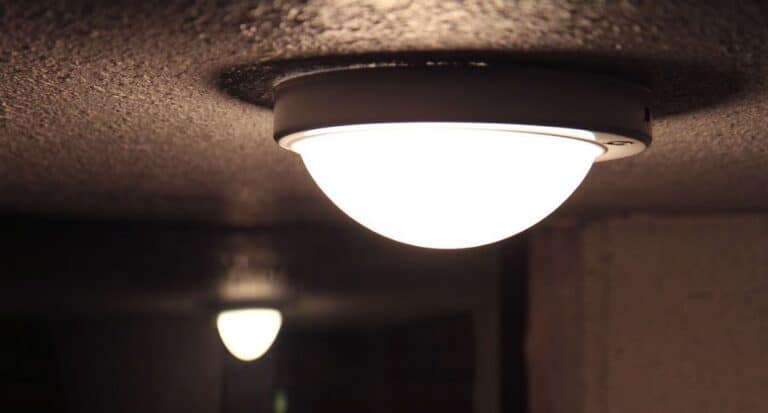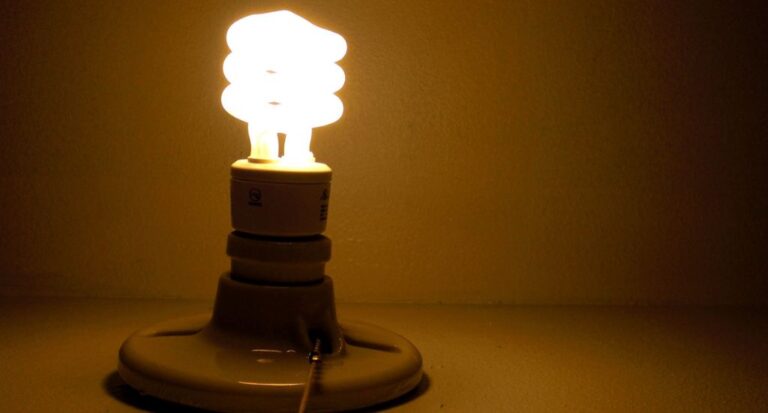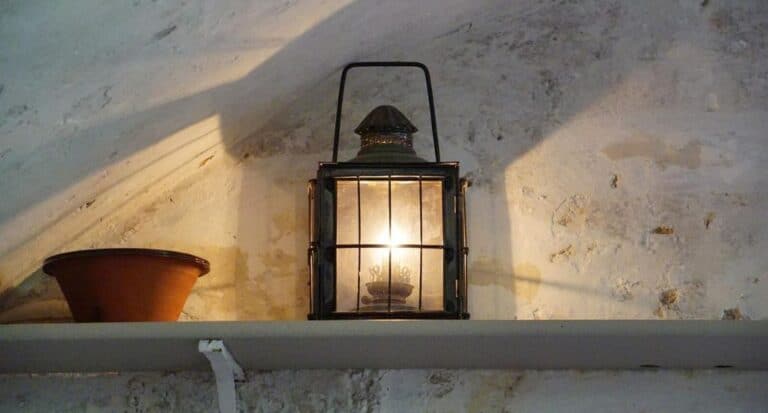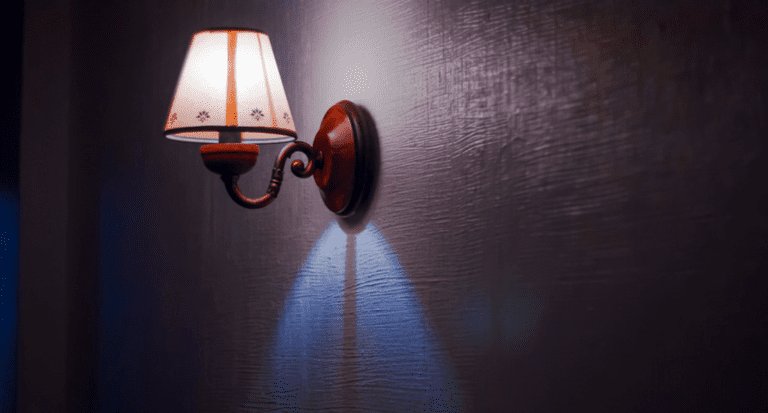Does Interior Lighting Fixture with Higher Wattage Produce Brighter Light?
If the intent is to enhance your dwelling’s internal lighting, the common question is Does Interior lighting fixture with higher wattage produce brighter light?
The wattage of an interior lighting fixture is just one factor that determines its brightness, alongside color temperature, lumens, and room size. Therefore, it is essential to take these elements into account when choosing the appropriate wattage for your lighting requirements.
The radiance of a light fixture is determined by its lumens and not its wattage. Lumens are a quantification of the sum of light generated by a bulb or fixture. Therefore, a lighting fixture with an augmented lumen count will emit a brighter light regardless of its wattage.
In this helpful beginner guide, I have explained the importance of wattage on light brightness, the Limitations of wattage as a measure of brightness, and How to choose the right wattage for your lighting needs.
This blog post will be helpful, insightful, and entertaining.
1 How wattage affects the brightness of a light
One of the most prevalent misconceptions regarding indoor lighting pertains to the belief that the wattage of a light bulb is proportionate to its luminosity. In actuality, the measure of wattage merely quantifies the amount of energy that a light bulb utilizes, and not the quantity of light it emits.
A bulb with a higher wattage indeed has the potential to produce a greater amount of illumination, however, this is not an absolute certainty.
1.1 Other factors that can affect the brightness
The effulgence of a light bulb is contingent on diverse factors, encompassing the bulb category, the lumens it emits, and the caliber of the fixture. Lumens are an estimation of the level of brightness generated by a bulb, and they are a more meticulous yardstick of brightness contrasted with wattage.
Further, the type of bulb used can affect the radiance of the light, as certain bulb categories possess divergent lumens-to-watt ratios.
The quality of the fixture can also have an impact on the brightness of the light, as a dingy or poorly maintained fixture can diminish the luminosity emission, despite the wattage of the bulb.
Explanation of the relationship between wattage and brightness
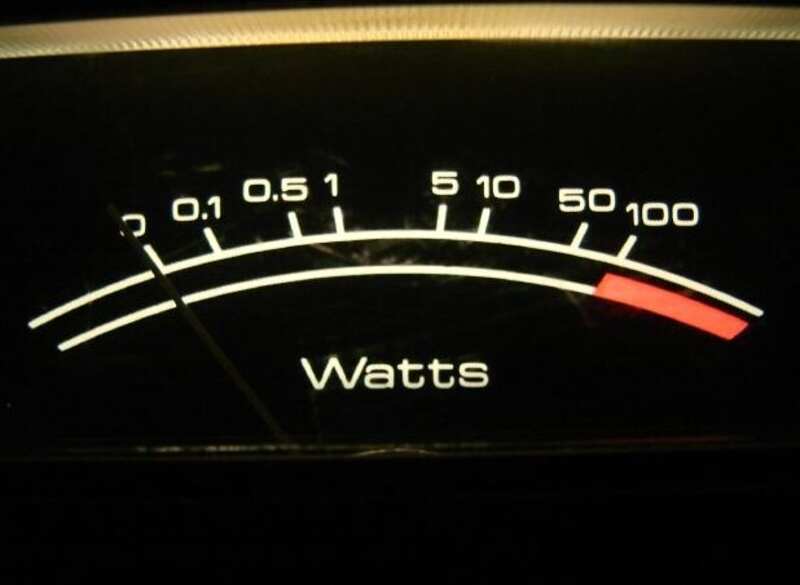
While wattage is not a direct measure of luminosity, it does play a pivotal part in determining the potential light output of a bulb. The greater the wattage of a bulb, the higher its energy consumption and the more thermal energy it generates. Nonetheless, this process of converting thermal energy to light is not entirely efficient.
Furthermore, bulbs with higher wattage typically necessitate sturdier fixtures to handle the additional heat and power. This implies that a fixture designed for a lower-wattage bulb may not be adequately equipped to handle a bulb with a higher wattage, leading to reduced brightness or even damage to the fixture itself.
Limitations of wattage as a measure of brightness
While wattage is frequently employed as a metric to measure a light source’s potential luminance, its employment has several downsides that necessitate consideration when selecting lighting fixtures.
A significant restriction of wattage employment is that it exclusively measures a bulb’s energy consumption, disregarding the actual quantity of light generated. This indicates that bulbs with identical wattage may emit different levels of luminosity, influenced by various factors such as the bulb’s type and the quality of the fixture in which it is installed.
For example, a high-grade LED bulb could produce an equivalent degree of radiance as a conventional incandescent bulb with a more substantial wattage.
To overcome this limitation, lumens provide a more precise measure of brightness by measuring the amount of visible light emitted by a bulb. Lumens give a more accurate indication of the actual brightness of a bulb and can ensure that lighting is properly matched to the requirements of a space.
Another limitation of using wattage as a measure of brightness is that it fails to take into account the color temperature of a bulb. Color temperature is the perceived warmth or coolness of light and is measured in Kelvins.
Lower Kelvin values, such as 2700K, produce warm, yellowish light similar to traditional incandescent bulbs, while higher values, such as 5000K, produce cool, bluish light similar to daylight.
The color temperature of a bulb can significantly impact the overall ambiance of a space, and it is critical to consider this when selecting lighting fixtures. For example, warm, yellowish light may be more appropriate for a cozy living room, while cool, bluish light may be better suited for a workspace or kitchen.
How to choose the right wattage for your lighting needs

When making a selection of lighting fixtures, it is essential to ensure that the appropriate wattage is chosen to achieve adequate illumination for your space. To assist you in making a purchase decision, we have prepared a guide that will help you choose the correct wattage for your lighting requirements.
Begin by identifying the purpose of your lighting. This could be either ambient lighting or task lighting.
Ambient lighting provides general illumination for a space, while task lighting offers more focused illumination for specific activities such as reading or cooking. Identifying the purpose of your lighting will help you determine the suitable wattage that is required.
- Consider the size of the room: The size of the room also has a bearing on ascertaining the suitable wattage. A more capacious chamber might require an increased wattage to ensure that it is properly illuminated, whereas a more compact chamber might call for a lower wattage.
- Determine the height of the ceiling: The height of the ceiling can have an impact on the requisite wattage. Elevated ceilings may necessitate a greater wattage to guarantee adequate illumination, while lower ceilings may suffice with a reduced wattage.
- Consider the color temperature: As indicated above, the chromatic temperature of a bulb can significantly influence the overall ambiance of an area. Hence, it is vital to specify the preferred color temperature for the space and opt for a bulb with a suitable Kelvin value.
- Look at the lumens: Despite wattage giving a broad notion of a bulb’s possible brightness, lumens offer a more precise evaluation of the actual luminosity. Therefore, it is recommended to search for bulbs with a substantial lumen count to guarantee adequate illumination of the area.
- Use dimmer switches: Dimmer switches could aid in regulating the luminosity of the lighting by the need, thereby empowering better control over the degree of light in a given area. It is advisable to take into account the usage of diminutive regulators to equalize illumination and energy efficiency.
In analyzing these aspects, one can discern the suitable wattage for lighting requisites and make certain that the area is well-illuminated. Also, keep in mind the quality of the fixture and the fitting of the lighting as these components can substantially impact the lighting’s operation.
Factors to consider when choosing wattage
Apart from the particular space and utilization of the lighting, there are additional facets that must be taken into account when selecting the wattage of a bulb. These factors may encompass the hue temperature of the bulb, which can affect the apparent luminosity and ambiance of a location, in addition to the energy efficiency of the bulb.
It is vital to strike a balance between the yearning for luminance and energy efficiency as bulbs with higher wattage not only consume more energy but also emit more heat, which could culminate in augmented cooling expenses in warmer regions.
How to balance brightness and energy efficiency
One method to balance the illuminance and energy proficiency of your lighting system is to take into account the utilization of LED bulbs, which utilize notably less energy in comparison to their traditional incandescent counterparts.
LED bulbs also have a wide array of luminance levels and color temperatures accessible, making it less complicated to discover the ideal bulb to cater to your specific requirements.
Furthermore, using dimmer switches can also be advantageous in balancing illuminance and energy efficiency since they provide more precise control over the amount of luminosity emitted by a bulb.
Employing multiple light sources with bulbs that have lower wattage can also facilitate achieving the desired level of brightness while curtailing energy consumption.
It is also imperative to contemplate the quality of the fixture and the method of lighting installation. A poorly structured fixture or erroneous installation can result in diminished proficiency and performance, regardless of the wattage or bulb type used.
Key Points
To summarize, wattage is merely a vague estimation of the conceivable brightness a bulb can emit and is not an exact measurement of actual brightness.
The luminosity produced, the category of the bulb, and the quality of the fixture all contribute to determining the perceived brightness of a particular area.
When selecting the wattage of a bulb, it is vital to take into account the particular space and intended purpose of the lighting, in addition to aspects like color temperature, energy proficiency, and the utilization of dimmer switches. Harmonizing brightness and energy efficiency can aid in creating a comfortable and practical lighting arrangement for any space.

